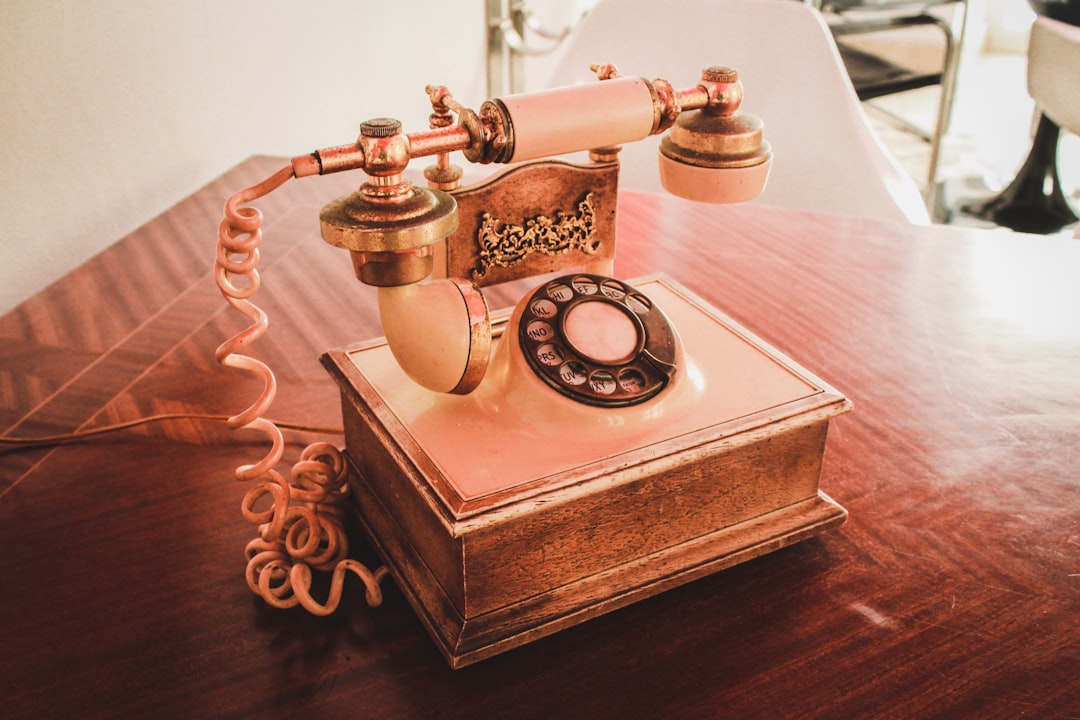In Oregon, where laws against robocalls are stringent and allow individuals to sue for unwanted calls, call authentication has become a critical tool for consumer protection. Medford businesses must adopt robust authentication measures to avoid legal repercussions and protect customers. Implementing technologies like STIR/SHAKT, caller ID verification, or SMS-based two-factor authentication can help block robocalls, enhance security, and foster trust in an increasingly digital world. Understanding Oregon laws regarding robocalls, including the option to file a lawsuit for unwanted calls, is key to developing an effective strategy.
Medford businesses face increasing challenges from unwanted robocalls, with potential legal implications under Oregon’s consumer protection laws. Understanding call authentication technologies and their implementation is crucial for protecting both your operations and customers. This guide offers a step-by-step approach to integrating these solutions, detailing the benefits of call authentication in mitigating robocalls and enhancing customer trust. Learn how you can defend against potential legal action stemming from unwanted calls in Oregon.
Understanding Call Authentication and its Legal Implications in Oregon

In today’s digital era, call authentication has become a critical aspect of consumer protection against robocalls and fraudulent activities in Oregon. Call authentication technologies verify the identity of the caller before connecting them to a recipient’s phone, significantly reducing the risk of unwanted or malicious calls. This is particularly relevant as Oregon laws regarding robocalls are stringent, with strict penalties for violators who use automated dialing systems without proper consent.
Understanding call authentication goes beyond technical implementations; it also carries significant legal implications. Businesses in Medford must be cognizant that failure to adopt robust authentication measures could leave them vulnerable to lawsuits related to robocalls. Oregon’s consumer protection laws empower individuals to take legal action against companies that contribute to the nuisance of unwanted calls, emphasizing the need for businesses to prioritize call authentication as a means of protecting both their customers and their own interests.
Implementing Call Authentication Technologies: A Step-by-Step Guide for Medford Businesses

Implementing Call Authentication Technologies is a strategic move for Medford businesses aiming to combat robocalls and enhance customer interactions. Here’s a step-by-step guide tailored for local enterprises:
1. Assess Your Needs: Begin by understanding your business’s specific requirements. Consider factors like call volume, industry regulations (e.g., health care or finance), and the types of calls you receive, including marketing initiatives and customer support. Oregon laws regarding robocalls, such as those from telemarketers, can provide a framework for your strategy, including options to file a lawsuit for unwanted calls if necessary.
2. Choose an Authentication Method: Select a suitable call authentication solution. Common methods include caller ID verification, voice biometrics, and SMS-based two-factor authentication. Each has its benefits; for instance, voice biometrics can offer more accurate identification compared to static caller IDs. Ensure the chosen method aligns with your assessed needs and industry best practices.
Protecting Your Business and Customers: The Benefits of Call Authentication in Combating Robocalls

In today’s digital era, businesses in Medford, Oregon, face an unprecedented surge in robocalls, which can lead to significant disruptions and financial losses. Call authentication technologies offer a robust solution to protect both your business and customers from these unwanted intrusions. By implementing measures like STIR/SHAKT (Secure Telephony Identity Requirements/Caller ID Authentication for Law Enforcement), businesses can mitigate the impact of robocalls and prevent potential fraud.
These advanced systems verify the identity of incoming callers, ensuring that only legitimate communications reach your team and customers. Not only does this safeguard against legal repercussions, such as Oregon’s strict regulations on robocalls, but it also fosters trust among clients. With call authentication, businesses can offer a more secure experience, enhancing their reputation in an increasingly digital landscape.






